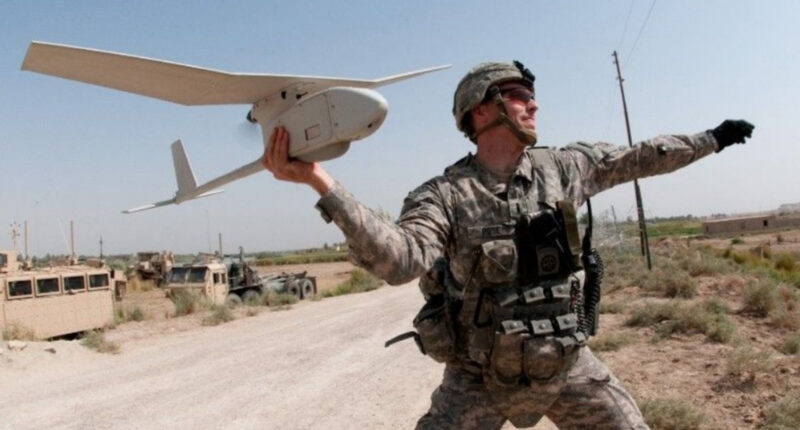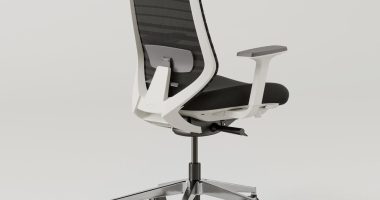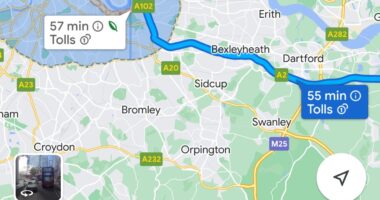THE US is on the brink of deploying drones with facial recognition technology.
Many fear that it marks a new dawn for state surveillance.
Although, the US Air Force is expected to only use the technology on small drones as part of special operations missions.
The technology is called SAFR and uses artificial intelligence (AI) to spot faces within 0.3 seconds with a 95% positivity rate, according to RealNetworks, the company which owns the tech.
It can supposedly authenticate up to 30 individuals per minute, and has cost the US Air Force nearly $730,000 (£604,000) so far, according to public details of the contract.
The technology can be used for occupancy counting and even face mask detection.


But the US Air Force is set to use it on reconnaissance missions in foreign countries, Vice first reported.
“We will adapt the SAFR facial recognition platform for deployment on an autonomous [small unmanned aircraft system] for special ops, [intelligence, surveillance, and target acquisition], and other expeditionary use-cases,” the contract said.
The contract added that the technology is intended give “actional insight” to human operators in alternative locations.
The tech will also “open the opportunity for real-time autonomous response by the robot,” the contract explained, which could be in the form of text messages sent to human operators.
Most read in Tech
It cements long-held fears from privacy campaigners who have been concerned about the marriage between facial recognition technology and drones.
While the quality of cameras and sensors have been used as a core reason to dispel concerns, it appears the tides have turned.
On RealNetworks website, the company boasts that the technology offers the “high-performance” detection of biometrics – like facial structure.
It can also pick up on when it is being ‘spoofed’ – when someone is trying to mask or change the way they look to avoid detection.
However, the company has said that all image and biometric data it collects is encrypted, and cannot be shared with other businesses.
Best Phone and Gadget tips and hacks

Looking for tips and hacks for your phone? Want to find those secret features within social media apps? We have you covered…
We pay for your stories! Do you have a story for The Sun Online Tech & Science team? Email us at [email protected]









